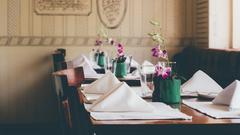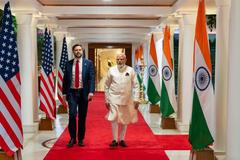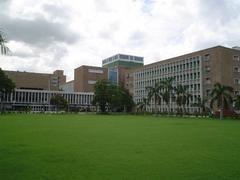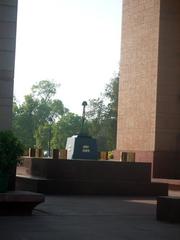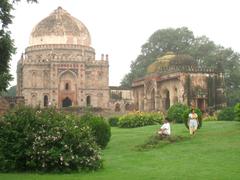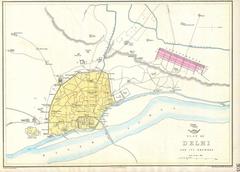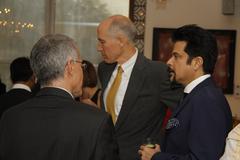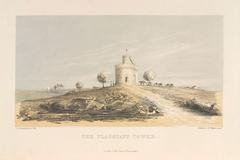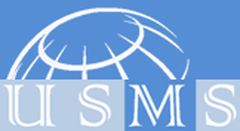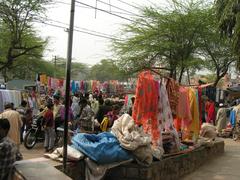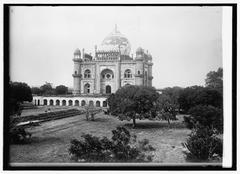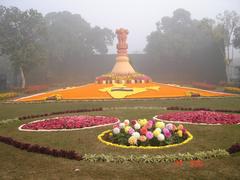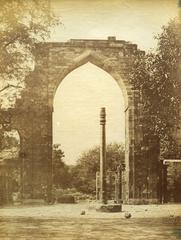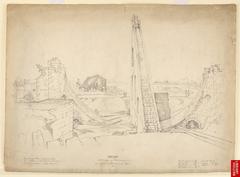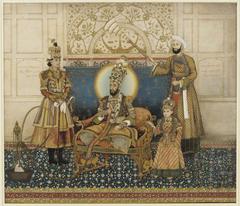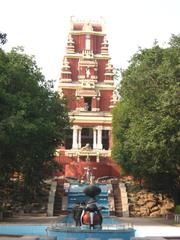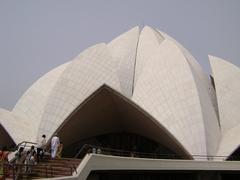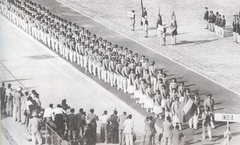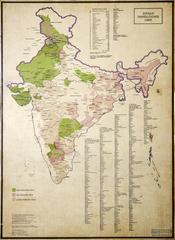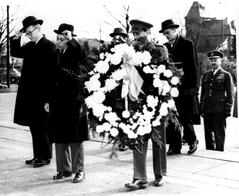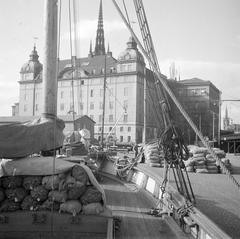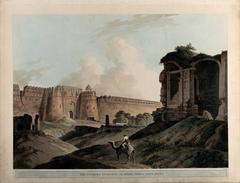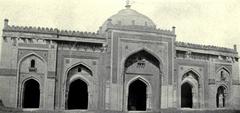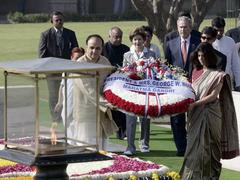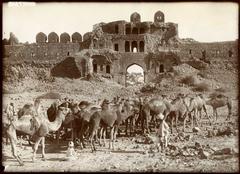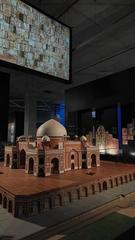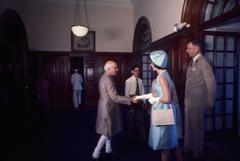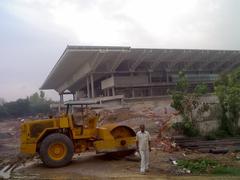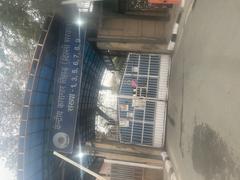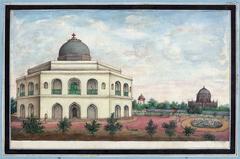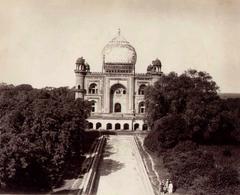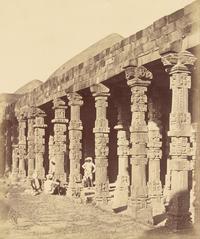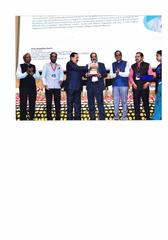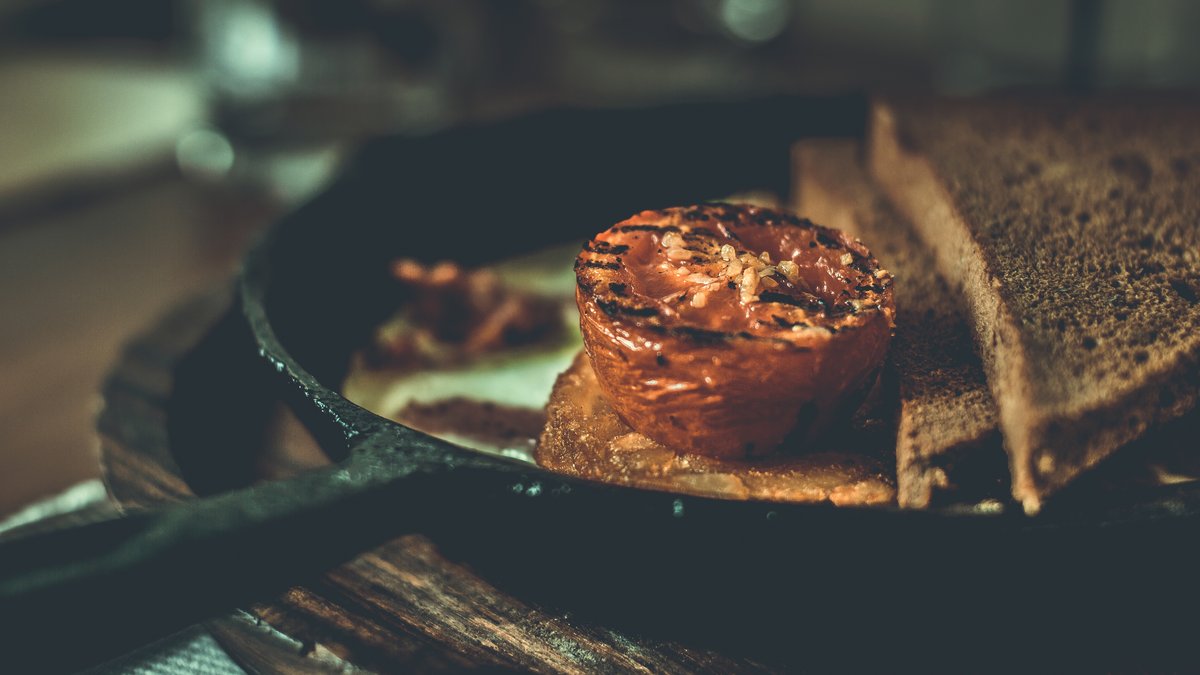
Comprehensive Guide to Visiting Khan Market, New Delhi, India
Date: 18/08/2024
Introduction
Khan Market, nestled in the heart of New Delhi, stands as one of the city’s most illustrious and historically rich shopping destinations. Established in 1951 and named in honor of the distinguished freedom fighter, Khan Abdul Jabbar Khan, the market has transformed remarkably from its origins as a refugee settlement into a premier commercial hub. Over the decades, Khan Market has evolved into one of the world’s most expensive retail locations, reflecting the socio-economic dynamics of a rapidly modernizing India (Times of India). Its unique U-shape design originally housed 154 shops and 74 flats, blending residential and commercial spaces to foster a close-knit community atmosphere (DforDelhi). Today, Khan Market is a bustling enclave that attracts a diverse clientele, including locals, tourists, diplomats, and expatriates, offering a rich tapestry of cultural experiences and high-end shopping opportunities. This guide aims to provide an in-depth exploration of Khan Market’s history, cultural significance, visitor information, and travel tips, ensuring a memorable visit to this iconic New Delhi landmark.
Table of Contents
- Introduction
- History and Significance
- Cultural Significance
- Visitor Information
- Travel Tips
- Nearby Attractions
- Economic Impact
- Social Impact
- FAQ Section
- Conclusion
History and Significance
Establishment and Naming
Khan Market, established in 1951, is named after Khan Abdul Jabbar Khan, a prominent freedom fighter and political leader. The market was initially created to cater to the needs of refugees from the North-West Frontier Province following the partition of India. The market’s name honors Khan Abdul Jabbar Khan for his efforts in helping these refugees settle into their new lives (Times of India).
Architectural Layout
The market was designed in a unique U-shape, originally comprising 154 shops and 74 flats. This layout was intended to provide a communal space for the new residents, blending commercial and residential areas seamlessly. The first floors of the market were initially home to the shop owners, creating a close-knit community atmosphere (DforDelhi).
Evolution Over the Decades
1950s to 1980s
In its early years, Khan Market primarily housed neighborhood grocery stores and middle-class shops. The market’s clientele mainly consisted of residents from nearby areas such as Golf Links and other affluent neighborhoods. Over time, as businesses flourished, many shop owners moved out of their residences within the market, transforming it into a purely commercial hub (DforDelhi).
1990s to Present
The market has undergone significant changes since its inception. From a humble beginning as a refugee settlement, it has evolved into one of the most expensive commercial real estate locations in Delhi. In 2011, Cushman & Wakefield ranked Khan Market as the 21st most expensive shopping market in the world (DforDelhi). Today, it is a premier shopping and dining destination, attracting a diverse crowd of locals, tourists, diplomats, and expatriates.
Cultural Significance
A Melting Pot of Cultures
Khan Market is more than just a shopping destination; it is a cultural melting pot. The market’s evolution reflects the broader socio-economic changes in Delhi and India. Initially serving as a settlement for partition refugees, it has grown to become a symbol of Delhi’s cosmopolitan nature. The market’s diverse range of shops, restaurants, and cafes caters to a wide array of tastes and preferences, making it a microcosm of Delhi’s multicultural identity (Delhi Capital).
Diplomatic and Expatriate Hub
Over the years, Khan Market has become a favored spot for diplomats and expatriates residing in Delhi. Its proximity to various embassies and diplomatic missions, along with its upscale offerings, has made it a popular choice for the international community. This has further enhanced the market’s reputation as a chic and trendy neighborhood, contributing to its high real estate value (Delhi Snap).
Visitor Information
Visiting Hours
Khan Market is open from 10:00 AM to 11:00 PM, seven days a week. However, it is advisable to check specific shop timings, as they may vary.
Tickets and Entry
There is no entry fee for visiting Khan Market. Visitors can freely explore the shops, cafes, and other attractions.
Accessibility
The market is accessible by various modes of transportation, including metro, auto-rickshaws, and taxis. The nearest metro station is Khan Market on the Violet Line, which is just a short walk away.
Travel Tips
Best Time to Visit
The best time to visit Khan Market is during the cooler months from October to March. Visiting during the evening hours can be especially pleasant as the market is beautifully lit up.
What to Wear
Comfortable clothing and walking shoes are recommended, as you may spend several hours exploring the market.
Safety Tips
Khan Market is generally safe, but it’s always a good idea to keep an eye on your belongings, especially during peak hours.
Nearby Attractions
India Gate
Located just a short drive from Khan Market, India Gate is a must-visit historical site and a popular spot for picnics and evening strolls.
Lodhi Garden
Another nearby attraction, Lodhi Garden offers a serene environment with beautiful landscapes, historical tombs, and walking paths.
Economic Impact
Real Estate Value
Khan Market’s transformation into one of the world’s most expensive markets is a testament to its economic significance. The high demand for commercial space in the market has driven up real estate prices, making it a lucrative investment for property owners. The market’s success has also spurred the development of similar high-end shopping areas in Delhi and other parts of India (Times of India).
Business Growth
The market’s diverse range of shops and eateries has contributed significantly to its economic vitality. From high-end fashion boutiques and jewelry stores to popular street food stalls and upscale restaurants, Khan Market offers a wide array of options for shoppers and diners. This variety has helped attract a steady stream of visitors, boosting the local economy and providing employment opportunities for many (Delhi Capital).
Social Impact
Community Building
Khan Market has played a crucial role in community building since its establishment. Initially serving as a settlement for partition refugees, it provided a sense of stability and belonging to its residents. Over the years, the market has continued to foster a sense of community among its visitors and shop owners. The market’s open-air walkways and communal spaces encourage social interaction, making it a vibrant and lively place (DforDelhi).
Cultural Events and Activities
The market is also a hub for cultural events and activities. Various shops and cafes host book readings, art exhibitions, and live music performances, adding to the market’s cultural vibrancy. These events attract a diverse crowd and provide a platform for local artists and performers to showcase their talents (Delhi Snap).
FAQ Section
Q: What are the visiting hours for Khan Market?
A: Khan Market is open from 10:00 AM to 11:00 PM, seven days a week. However, it is advisable to check specific shop timings.
Q: Is there an entry fee for Khan Market?
A: No, there is no entry fee for visiting Khan Market.
Q: What is the best way to reach Khan Market?
A: The market is easily accessible by metro, auto-rickshaws, and taxis. The nearest metro station is Khan Market on the Violet Line.
Q: What are some nearby attractions?
A: Nearby attractions include India Gate and Lodhi Garden, both of which are a short drive away.
Conclusion
Khan Market’s rich history and significance make it a must-visit destination for anyone exploring Delhi. From its humble beginnings as a refugee settlement to its current status as a premier shopping and dining destination, the market embodies the dynamic and evolving nature of Delhi. Its unique blend of history, culture, and commerce offers visitors a truly memorable experience. For the latest updates and to enhance your visit, consider downloading the Audiala mobile app, exploring related posts, or following us on social media. Enjoy your exploration of this iconic market, where history, culture, and modernity converge in a truly unique setting.
References
- ‘Exploring Delhi’s Khan Market: One of the Most Expensive Markets in the World’ (2024), Times of India source url
- ‘A Brief History of Khan Market’ (2024), DforDelhi source url
- ‘Khan Market, New Delhi’ (2024), Delhi Capital source url
- ‘Khan Market, South Delhi’ (2024), Delhi Snap source url
- ‘Top Things to Do and See in New Delhi’s Khan Market’ (2024), The Culture Trip source url
- ‘Geetanjali Salon’ (2024), LBB Delhi source url
- ‘Khan Market, New Delhi’ (2024), India Kutir source url
- ‘Exploring Khan Market’ (2024), Audiala source url



